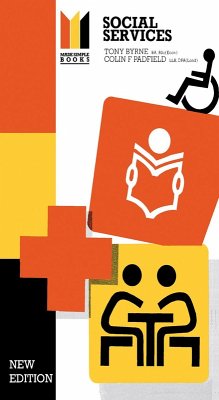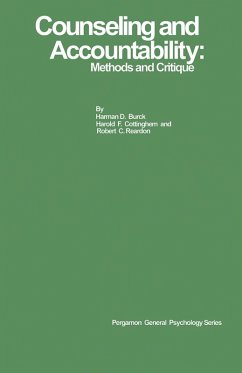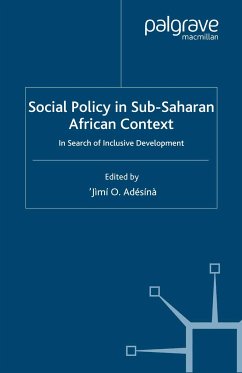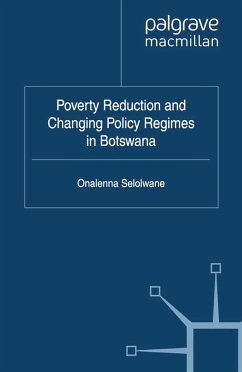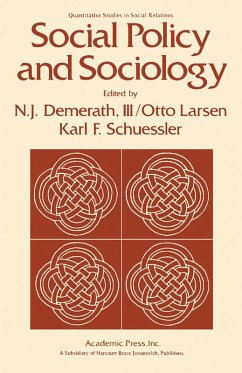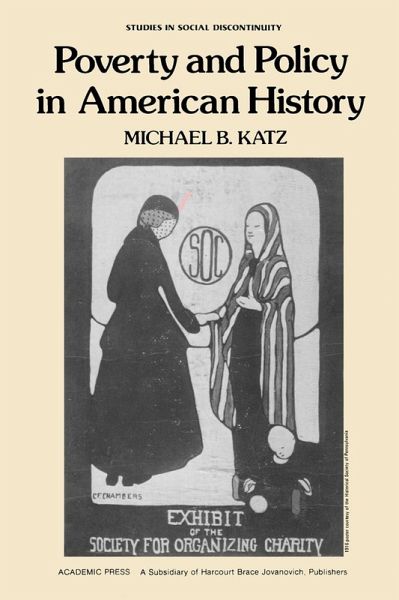
Poverty and Policy in American History (eBook, PDF)

PAYBACK Punkte
20 °P sammeln!
Poverty and Policy in American History is about people who needed help in the nineteenth and early twentieth centuries. It is about the ways in which the perception of poverty and other forms of dependence affected the development of public programs and the conduct of voluntary reform. It also about the ways in which people have written about welfare. The book contains three chapters and opens with a description of the life and death of a poor family in early twentieth-century Philadelphia based on case records. It attempts to show many of the themes in the lives of the poor through the close ...
Poverty and Policy in American History is about people who needed help in the nineteenth and early twentieth centuries. It is about the ways in which the perception of poverty and other forms of dependence affected the development of public programs and the conduct of voluntary reform. It also about the ways in which people have written about welfare. The book contains three chapters and opens with a description of the life and death of a poor family in early twentieth-century Philadelphia based on case records. It attempts to show many of the themes in the lives of the poor through the close analysis of one extended example. The second chapter moves back in time and consists of four case studies drawn from the project's empirical research. The first case study takes up the history of a neglected institution, the poorhouse. The second case reports on a survey of the causes of pauperism undertaken by the New York Board of State Charities in the mid-1870s. The third case analyzes a sample of the seven special schedules of the 1880 U.S. census, which enumerated the ""defective, dependent, and delinquent"" population. The final case uses a register of tramps from various places in New York State during the mid-1870s to assess the relation between popular images of tramps and what appeared to be their actual characteristics. The third chapter uses the results of the project's research and other recent work on related topics to examine American historical writing about dependence as a field and offers a sympathetic critique.
Dieser Download kann aus rechtlichen Gründen nur mit Rechnungsadresse in A, B, BG, CY, CZ, D, DK, EW, E, FIN, F, GR, HR, H, IRL, I, LT, L, LR, M, NL, PL, P, R, S, SLO, SK ausgeliefert werden.




